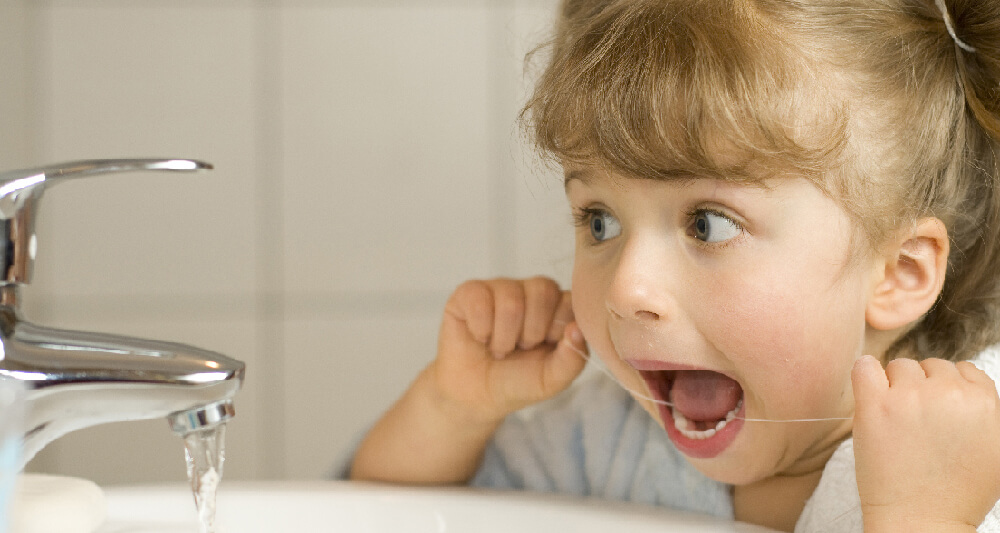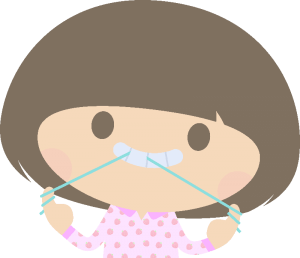When Should Children Begin Flossing?
It is recommended children begin flossing the moment their teeth fit closely together. This may occur at different ages, but most commonly happens between ages two and six. The earlier you can get your child into the habit of flossing, the better you will reinforce this vital practice.
While your child may not have the capability to floss alone at two, you can certainly do it for them. They may fuss and resist at first, but the sooner you get them used to it, the better. Once they grow, it can become an accomplishment of which they are proud to complete. When children begin flossing, they may still need assistance from you to get the tough to reach spots.
Baby Teeth are Important, Too!
While you may not think it is necessary to floss baby teeth being that they will be replaced, this is incorrect. Flossing helps to protect teeth, but it is essential for healthy gums. And, honestly, trying to get a 12-year-old to begin flossing, and floss every day, may be a harder battle than helping a four-year-old. We will emphasize, once again, that getting this good habit going early is your best bet to ingrain it into your child’s daily oral routine.
We recommend using soft and flexible dental floss. There are many types on the market. Dental tape or Super Floss may be the best kind for youngsters as they are soft and pliable, yet strong. If you are working with a child who does not have much space between his teeth, you may want to try a waxed string floss.
Here is the proper technique you can use, and teach to your child:
- Use about 18 inches of floss (think: measure from the tip of your fingers to your inner elbow).
- Loosely wrap the ends around the middle fingers of each hand, leaving about an inch or two between the strand.
- Gently ease it between your teeth using your thumb and index finger.
- Hold it tight, but be careful not to snap it down on the gums.
- Curve the floss into a “C” shape and gently move up and down the sides of the tooth from under the gum line to the top.
- Unroll a new section of the floss and proceed with the other teeth.

Gums Bleeding?
It is ok if you notice bleeding gums, no need to worry! A little bit of blood is completely normal at first. After a few days of flossing, the bleeding should subside as the gums become healthier. If the bleeding persists for over a week or two, you should give your dentist a call.
Our Philosophy
If given a choice, we would almost prefer that your child flosses every day and brush once a day than to brush three times a day and floss occasionally. While brushing ensures that the surfaces of the teeth are clean, it completely misses the spaces in between. Food can easily become trapped in between teeth and creates a greater chance for tooth decay, and gum disease.
Have more questions about when children should begin flossing or the procedures? Contact Tooth Fairy Smiles. Our team has years of experience with not only children but assisting parents to ensure they are encouraging good oral care at home.
Share